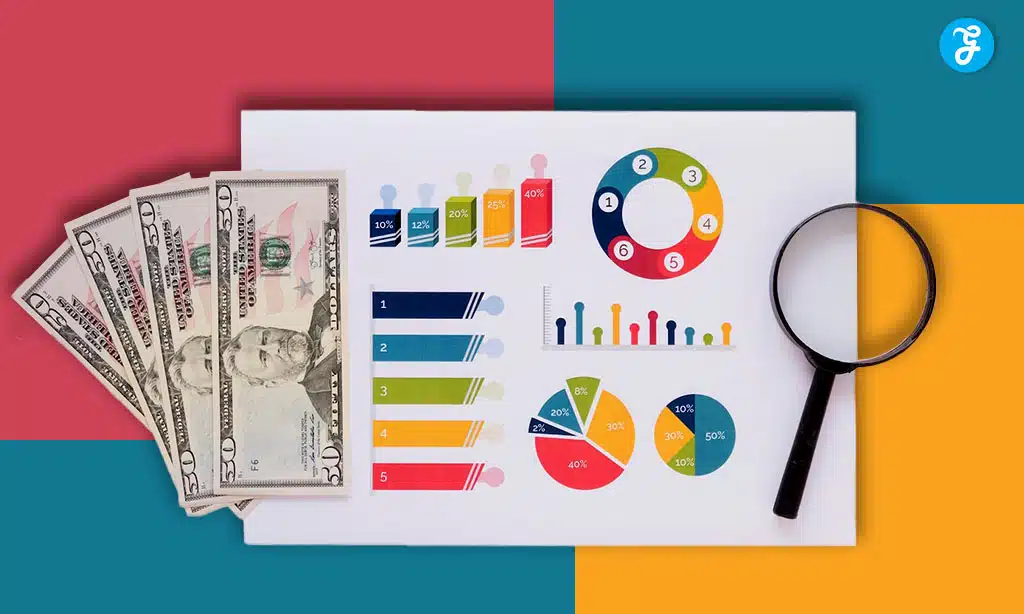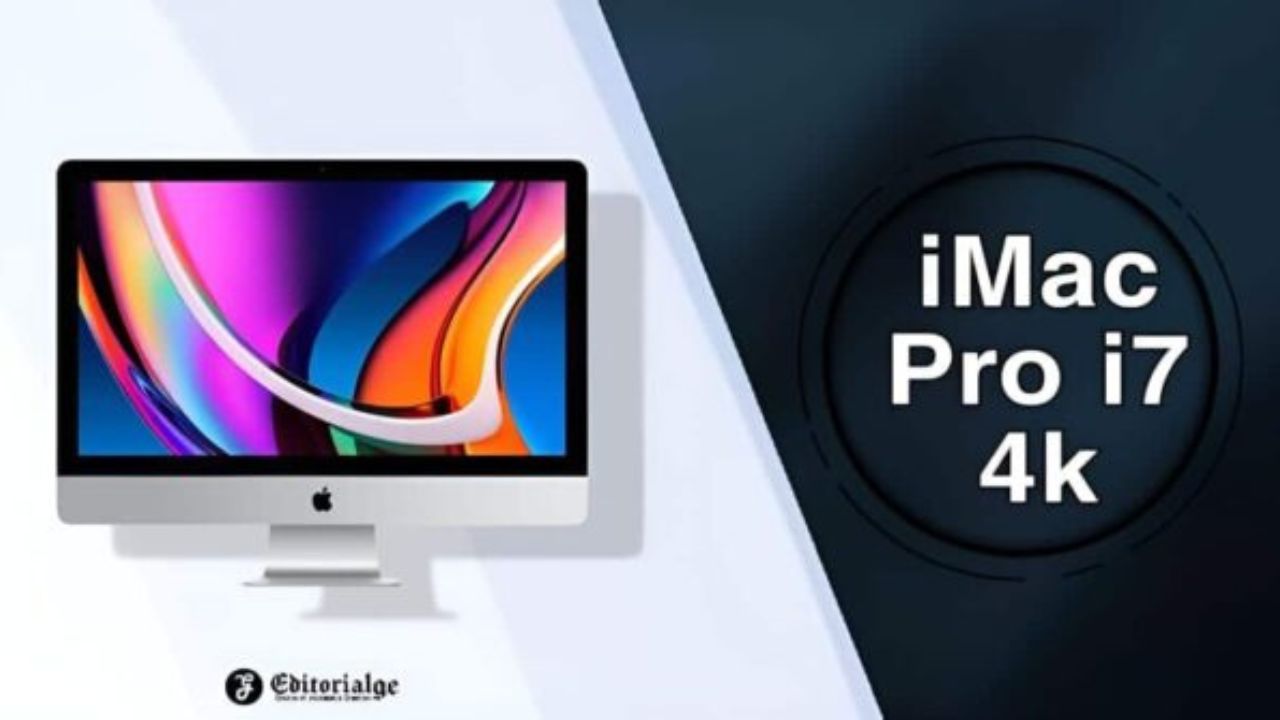Creating a solid financial plan can be a game-changer for your money. It helps you take control of your spending, save for the future, and reach your goals.
A good financial plan gives you a roadmap to follow and helps you make smart choices with your money.
Many people think financial planning is hard, but it doesn’t have to be. By breaking it down into steps, you can create a plan that works for you.
This article will show you 12 easy steps to make a foolproof financial plan. You’ll learn how to set goals, make a budget, and build wealth over time.
1. Set clear financial goals
Setting clear financial goals is key to making a good money plan. You need to know what you want to achieve with your money.
Think about what’s important to you. Do you want to buy a house? Save for retirement? Pay off debt? These are all valid goals.
Be specific about your goals. Instead of saying “save more,” set a target amount. For example, “save $10,000 for a down payment on a house.”
Give your goals a timeline. When do you want to reach them? This helps you figure out how much you need to save each month.
Make sure your goals are realistic. It’s great to aim high, but you also want goals you can actually achieve.
Write down your goals. Put them somewhere you can see them often. This helps keep you motivated and on track.
Remember, your goals may change over time. That’s okay. Review them regularly and adjust as needed.
2. Calculate your net worth
Knowing your net worth is key to making a good financial plan. Net worth is what you own minus what you owe.
To figure it out, start by listing all your assets. This includes your home, car, savings accounts, and investments. Add up the total value of these items.
Next, list all your debts. This could be your mortgage, car loans, credit card balances, and student loans. Add up the total amount you owe.
Now subtract your total debts from your total assets. The result is your net worth. It might be positive or negative.
Don’t worry if your net worth is negative right now. Many people start out this way, especially when they’re young. The goal is to grow your net worth over time.
Tracking your net worth helps you see your financial progress. Try to calculate it regularly, like once a year. This will show you if you’re moving in the right direction.
Remember, net worth is just one part of your financial picture. It doesn’t show your income or day-to-day spending habits. But it’s a useful tool for measuring your overall financial health.
3. Create a monthly budget
Making a monthly budget is key to managing your money. Start by figuring out how much you earn each month after taxes. This is your take-home pay.
Next, list all your expenses. Include things like rent, food, bills, and savings. Don’t forget about fun stuff too.
Now, subtract your expenses from your income. If you have money left over, great! Put it towards savings or debt. If you’re short, look for ways to cut costs or earn more.
Try the 50/30/20 rule. Put 50% of your income towards needs, 30% towards wants, and 20% towards savings and debt.
Use a budgeting app or spreadsheet to track your spending. This helps you see where your money goes and stick to your plan.
Review your budget regularly. Things change, so your budget should too. Adjust as needed to stay on track.
Remember, a good budget gives every dollar a job. It helps you spend smart and save for your goals.
4. Build an emergency fund
An emergency fund is money set aside for unexpected costs. It helps you stay out of debt when surprise expenses come up.
How much should you save? Aim for 3-6 months of living expenses. This gives you a cushion if you lose your job or face a big bill.
Start small if saving that much seems hard. Put away $500 or $1000 first. Then keep adding to it over time.
Where should you keep this money? A savings account is a good choice. Look for one with high interest and easy access.
Make saving automatic. Set up a transfer from your checking account each month. This way, you won’t forget to save.
Cut some expenses to find extra cash. Skip a few takeout meals or cancel a subscription you don’t use much.
Sell items you don’t need anymore. Use that money to jumpstart your fund.
Don’t touch this money unless it’s a true emergency. Car repairs, medical bills, and job loss are good reasons to use it.
Building your fund takes time. Be patient and stick with it. Even small amounts add up over months and years.
Remember, an emergency fund gives you peace of mind. It’s a key part of your financial plan.
5. Pay off high-interest debt
High-interest debt can drain your finances. Credit cards often have the highest rates, so focus on those first. Make a list of all your debts and their interest rates.
Pay more than the minimum on your highest-interest debt. This helps you save money in the long run. Keep making minimum payments on other debts to avoid fees.
Consider using the debt avalanche method. This means putting extra money towards your highest-interest debt while paying minimums on others. Once that’s paid off, move to the next highest.
You might also look into balance transfer cards. These can give you a 0% interest rate for a set time. This lets you pay down debt faster without accruing more interest.
Another option is debt consolidation. This combines multiple debts into one loan with a lower interest rate. It can make payments easier to manage and potentially save you money.
As you pay off debt, avoid taking on new high-interest loans. Cut up credit cards if needed to resist temptation. Remember, getting out of debt takes time and patience.
6. Invest in diversified assets
Spreading your money across different investments is a smart move. It helps protect your wealth and can boost your returns over time.
Start by putting your money in stocks, bonds, and cash. Stocks can grow your money faster, but they’re riskier. Bonds are steadier but grow more slowly. Cash keeps some of your money safe and easy to access.
Don’t stop there. Look into real estate, commodities, and international markets too. Each type of investment behaves differently, which can help balance out your portfolio.
Consider your age when deciding how to split up your investments. A simple rule is to subtract your age from 100. That number is the percentage you might put in stocks. The rest can go in bonds and other safer options.
Remember to rebalance your portfolio regularly. This means adjusting your investments to keep your desired mix. Do this once a year or when your portfolio shifts a lot from your original plan.
Index funds and ETFs are great tools for diversification. They let you own a slice of many companies or assets with just one purchase. This makes it easier and cheaper to spread out your investments.
As you build your diverse portfolio, keep an eye on fees. High costs can eat into your returns over time. Look for low-cost options that still give you good diversification.
7. Plan for retirement
Saving for retirement is a key part of your financial plan. Start early to give your money time to grow. Set a goal for how much you’ll need in retirement.
Look into retirement accounts like 401(k)s and IRAs. These offer tax benefits to help your savings grow faster. Try to max out your contributions if you can.
Think about when you want to retire. This will affect how much you need to save. Consider how long your money needs to last after you stop working.
Factor in Social Security benefits, but don’t rely on them completely. They likely won’t cover all your expenses in retirement.
As you get older, adjust your investments. Gradually shift to less risky options to protect your savings. This helps guard against market swings as you near retirement.
Don’t forget about healthcare costs. They can be a big expense in retirement. Look into long-term care insurance to help cover potential needs.
Review your retirement plan regularly. Update it as your life changes. This keeps you on track to meet your goals.
8. Save for large purchases
Planning for big expenses is a smart money move. Set clear goals for what you want to buy. It could be a car, a house, or a dream vacation.
Figure out how much the item will cost. Don’t forget about extra fees like taxes or shipping. This gives you a target to aim for.
Create a special savings account just for your big purchase. Put money into it regularly. Even small amounts add up over time.
Look for ways to boost your savings. You could cut back on some everyday expenses. Or find a side job to earn extra cash.
Try to save a set amount each month. Make it a habit, like paying a bill. Automatic transfers from your checking account can help.
Keep track of your progress. It’s exciting to see your savings grow. This can motivate you to stick to your plan.
Be patient. Saving for big items takes time. But it’s worth it to avoid debt and enjoy your purchase stress-free.
9. Get the right insurance coverage
Insurance protects you from financial losses. You need different types of insurance to cover various risks in your life.
Start with health insurance. It helps pay for medical care and can save you from big hospital bills.
Life insurance provides money to your family if you die. It gives them financial support when you’re gone.
Car insurance is a must if you drive. It covers damage to your car and injuries from accidents.
Homeowners or renters insurance protects your living space and belongings. It helps if there’s a fire, theft, or other problems.
Disability insurance replaces some of your income if you can’t work due to illness or injury.
Think about your needs and budget when choosing insurance. Don’t skimp on important coverage, but avoid paying for extras you don’t need.
Review your policies yearly. Your needs may change as your life changes. Update your coverage to stay protected.
Ask an insurance agent for help if you’re unsure. They can explain your options and find the right mix of coverage for you.
10. Monitor your credit score
Your credit score plays a big role in your financial life. It affects your ability to get loans, credit cards, and even rent an apartment.
Checking your credit score regularly helps you stay on top of your finances. You can get free credit reports once a year from each of the three main credit bureaus.
Many banks and credit card companies now offer free credit score monitoring. Take advantage of these services to keep an eye on your score.
A good credit score can save you money on interest rates. It can also help you qualify for better financial products.
If you notice a sudden drop in your score, look into it right away. It could be a sign of identity theft or errors on your credit report.
To improve your credit score, pay your bills on time and keep your credit card balances low. These habits can boost your score over time.
Remember, building good credit takes time. Be patient and consistent in your efforts to maintain a healthy credit score.
11. Minimize taxes and fees
Taxes and fees can eat away at your wealth. You can keep more of your money by using smart strategies.
Look into tax-advantaged accounts. 401(k)s and IRAs offer tax benefits for retirement savings. Health Savings Accounts provide tax breaks for medical expenses.
Consider tax-efficient investments. Municipal bonds and index funds may have tax advantages. Holding investments longer can also reduce capital gains taxes.
Be smart about withdrawals. Taking money from accounts in the right order can lower your tax bill. Plan carefully when to take Social Security benefits.
Watch out for hidden fees. Check your investment and bank accounts for unnecessary charges. Even small fees add up over time.
Get help from a pro. A tax advisor can find deductions you might miss. They can help you make tax-smart financial moves all year long.
Stay informed about tax laws. Rules change often. Keeping up with new tax breaks could save you money.
12. Seek professional financial advice
Getting help from a money expert can be really smart. These pros know a lot about managing cash, taxes, and investments. They can look at your whole money situation and give you tips.
You might think you can handle everything on your own. But a pro can spot things you might miss. They stay up-to-date on money laws and market trends.
A financial advisor can help you make a plan that fits your life. They’ll ask about your goals and suggest ways to reach them. This might include saving more or changing how you invest.
Working with an expert can save you time and stress. They can explain tricky money stuff in simple terms. Plus, they can help you avoid big mistakes with your cash.
When picking an advisor, do your homework. Look for someone with good reviews and the right credentials. Make sure they’re a good fit for your needs and budget.
Remember, it’s okay to ask questions. A good advisor will be happy to explain things to you. They can be a valuable partner in reaching your money goals.
Understanding Your Financial Goals
Setting clear financial goals is key to creating a strong plan. Your goals shape how you save and spend money. They give your finances direction and purpose.
Short-Term vs. Long-Term Goals
Short-term goals are things you want to achieve soon, like in the next 1-3 years. These might include:
- Saving for a vacation
- Buying new furniture
- Paying off a credit card
Long-term goals take more time, often 5+ years. Examples are:
- Saving for retirement
- Buying a house
- Paying for your kids’ college
It’s good to have a mix of both types. Short-term goals keep you motivated. Long-term goals build your future.
Prioritizing Financial Objectives
You can’t do everything at once. You need to choose what’s most important. Here are steps to prioritize:
- List all your goals
- Rank them by importance
- Look at your budget
- Choose 2-3 top goals to focus on
Think about which goals will have the biggest impact on your life. Emergency savings should be high on your list. It protects you from surprises.
You might put retirement savings next. The earlier you start, the more time your money has to grow.
Assessing Your Current Financial Situation
Taking stock of where you stand financially is key to building a solid plan. This involves looking at your money coming in and going out, what you own and owe, and your credit health.
Analyzing Income and Expenses
Start by listing all your income sources. This includes your salary, side jobs, investments, and any other money you get regularly. Next, track your spending for a month. Write down every purchase, bill, and expense.
Group your expenses into categories like housing, food, transport, and fun. This helps you see where your money goes. Look for areas where you might be overspending. Are there ways to cut back?
Use a simple spreadsheet or budgeting app to make this easier. Seeing the numbers can be eye-opening. It often reveals spending habits you didn’t notice before.
Evaluating Assets and Liabilities
Assets are things you own that have value. This might include:
- Your home
- Cars
- Savings accounts
- Investments
- Valuable items
Liabilities are what you owe. List all your debts, such as:
- Mortgage
- Car loans
- Student loans
- Credit card balances
Subtract your liabilities from your assets. This gives you your net worth. It’s a snapshot of your financial health. Don’t worry if it’s negative – that’s common when you’re starting out.
Understanding Your Credit Score
Your credit score is a number that shows how reliable you are with money. It affects your ability to get loans and the interest rates you’ll pay. Scores usually range from 300 to 850. Higher is better.
You can get a free credit report once a year from each major credit bureau. Check it for errors. Look at factors that affect your score:
- Payment history
- Amount of debt
- Length of credit history
- Types of credit used
Paying bills on time and keeping credit card balances low can help improve your score. Good credit can save you money in the long run.
Building a Budget Plan
A budget plan is key to managing your money. It helps you track spending and reach your goals.
Setting Up an Emergency Fund
Start by creating an emergency fund. This is money set aside for unexpected costs. Aim to save 3-6 months of living expenses. Put this money in a separate savings account. Make it easy to access but not too easy to spend.
Start small if you need to. Save $500 or $1000 first. Then work up to a larger amount. Set up automatic transfers from your checking account. This way, you’ll build your fund without thinking about it.
An emergency fund gives you peace of mind. It helps you avoid debt when surprises happen. You won’t need to use credit cards for unplanned expenses.
Allocating Funds for Savings and Investments
After your emergency fund, focus on long-term savings and investments. Decide how much you can put aside each month. Even small amounts add up over time.
Consider these options:
- 401(k) or IRA for retirement
- High-yield savings accounts
- Index funds or ETFs
- Bonds
Try to save at least 10-15% of your income. If that’s too much, start with what you can. Increase it as your income grows.
Automate your savings. Set up transfers on payday. This way, you pay yourself first. You’re less likely to spend money that’s already been moved to savings.
Takeaway
Creating a foolproof financial plan is essential for achieving long-term financial stability and success. By following these 12 steps, you can take control of your finances, make informed decisions, and confidently work towards your financial goals.
From setting clear objectives and budgeting effectively to investing wisely and planning for retirement, each step builds a strong foundation for your financial future. Remember, financial planning is an ongoing process that requires regular review and adjustments to stay on track.
Start today, and secure your financial future with confidence!
What’s your first step in creating your financial plan? Share your thoughts in the comments below!













































